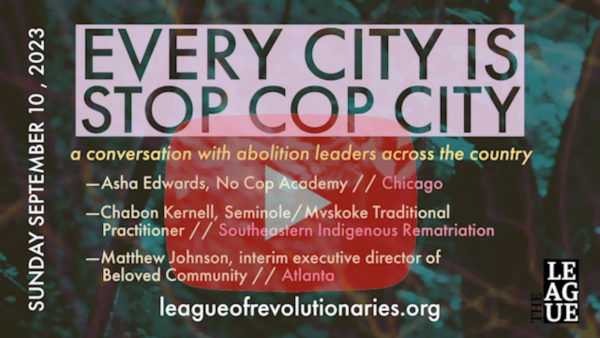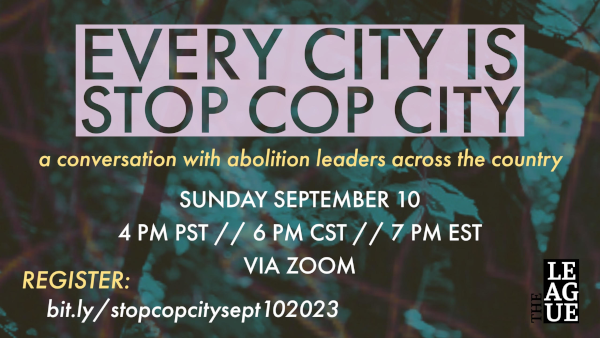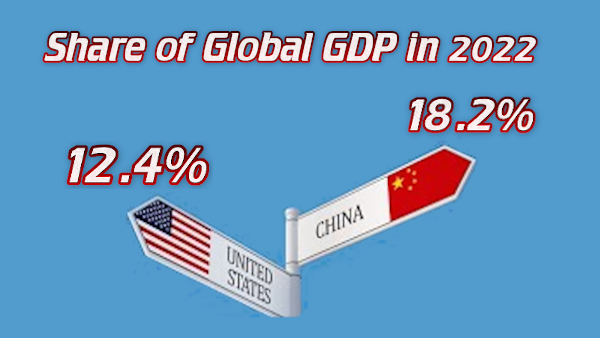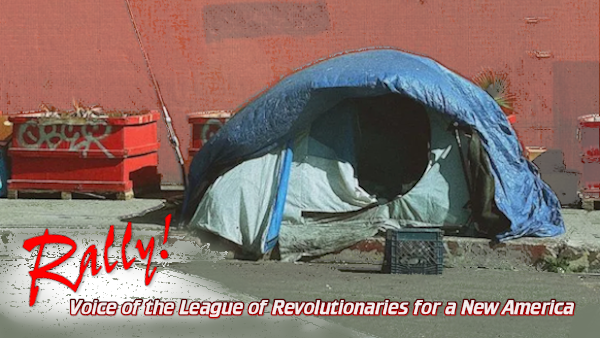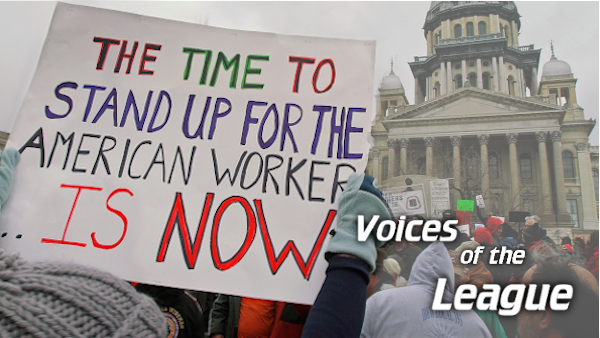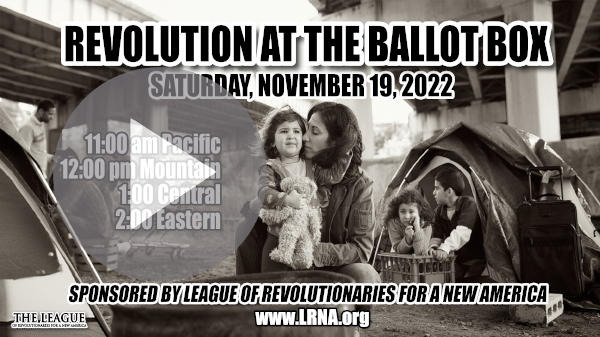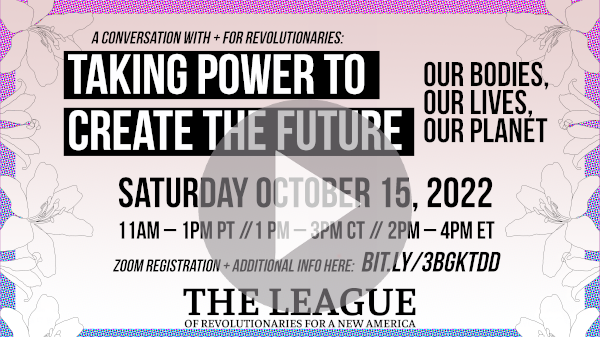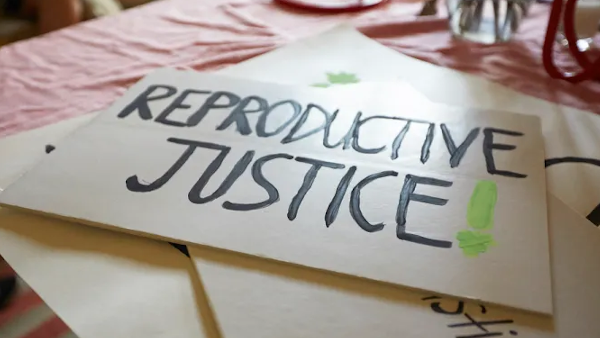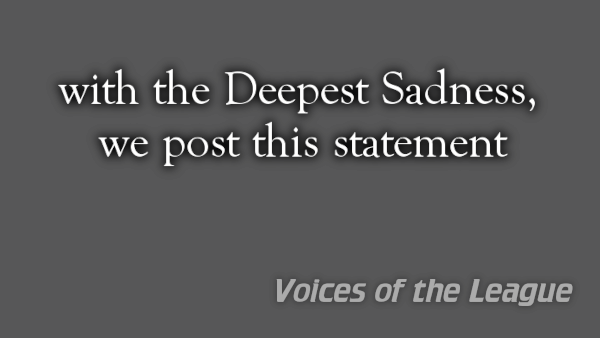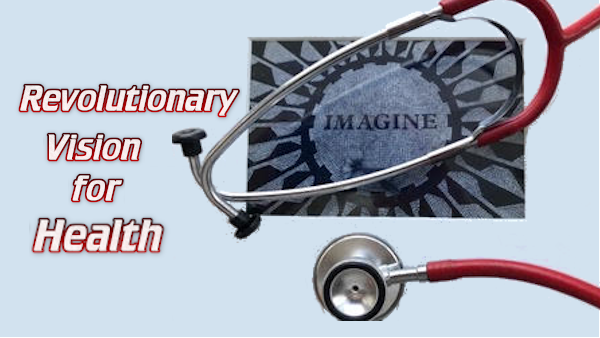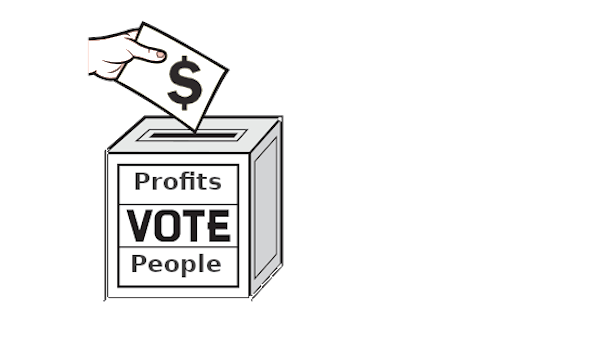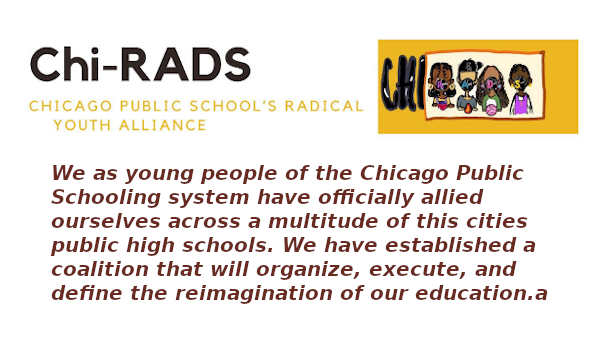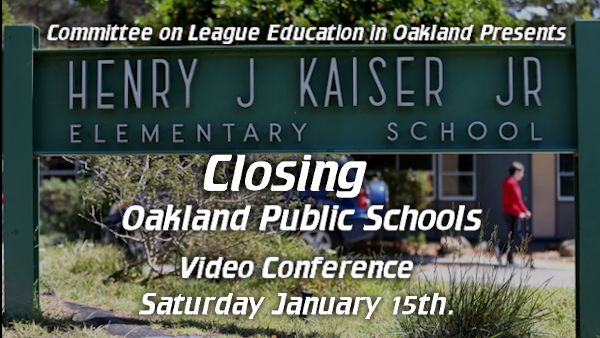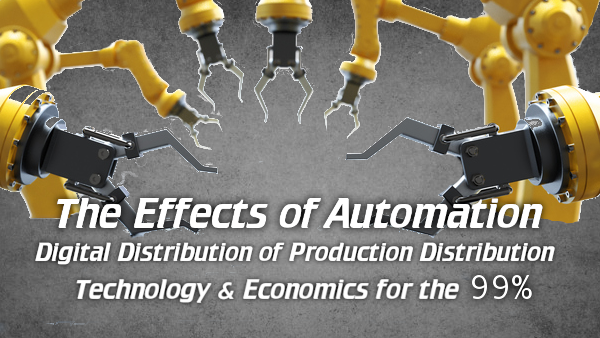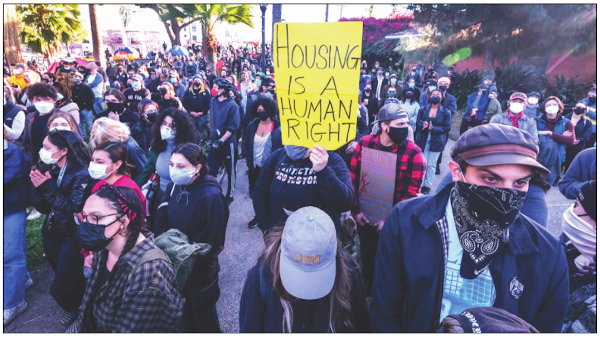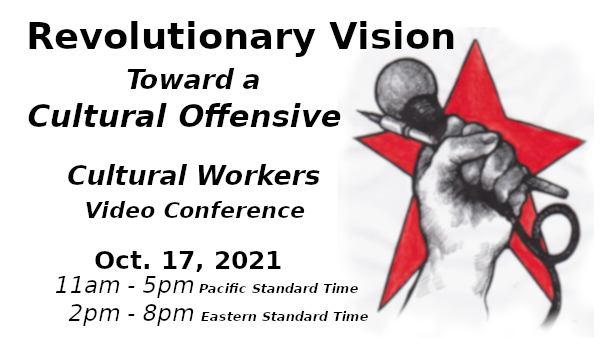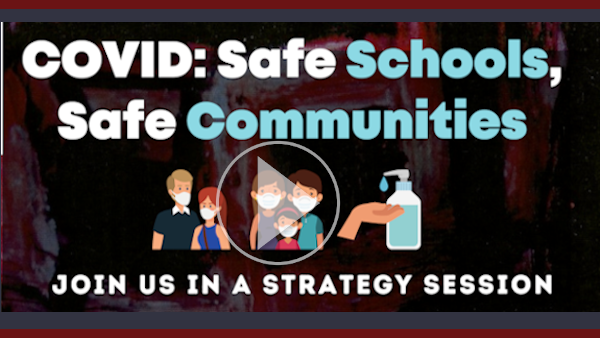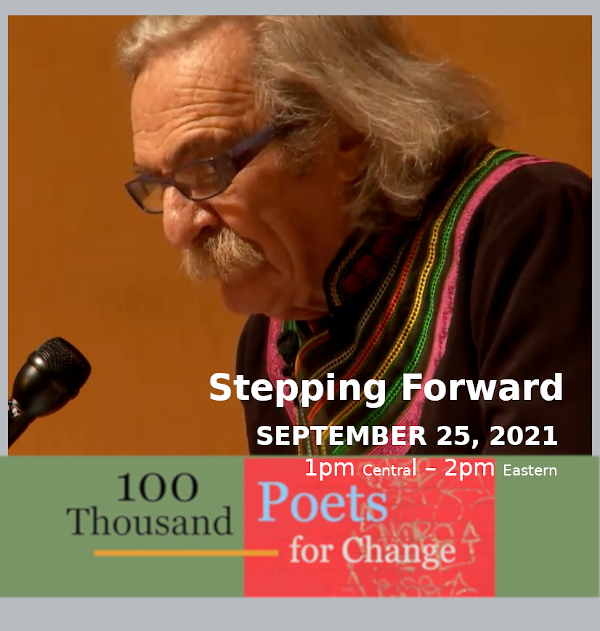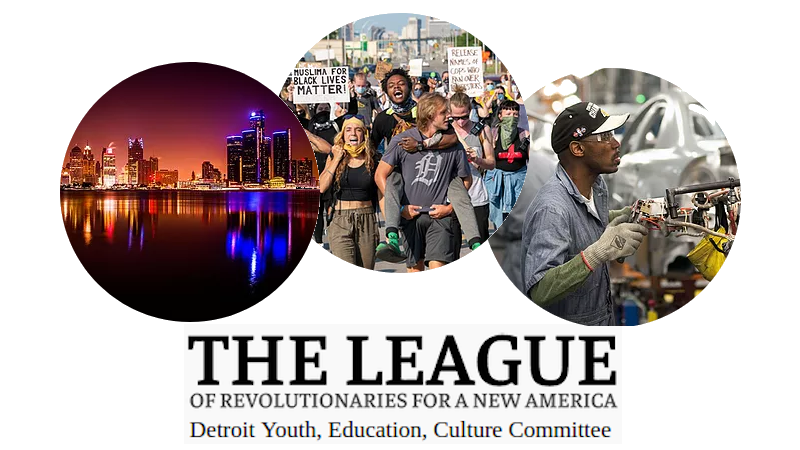COVID-19: A Shared Vision of the Way Forward
COVID-19: A Shared Vision of the Way Forward
“None of us really anticipated Omicron,” Stanford epidemiologist Dr. Yvonne Maldonado told CNN in a late January overview of current discussion between experts. She added, “I fully expect another version of the virus to come back.” University of California San Francisco epidemiologist Dr. George Rutherford stated: “It’s not at all clear what comes anext.” What agreement there is predicts we are not only not out of the woods but that there is no reason to think future variants will be less severe. Though vaccination seems to have contributed to higher survival rates, the spread of Omicron in December and January accounts for 1/4th of the total cases of COVID recorded since the start of the pandemic two years ago.
Meanwhile, nearly 72 million Americans have contracted the disease, and nearly 900,000 have died from it. The toll it is taking on our society is enormous. One fifth of our health care workers have quit their jobs during the pandemic, and, among those that remain, the majority suffer from depression and over a third show signs of PTSD. Nursing homes and hospitals with full ICUs are facing the worst work shortages of the pandemic, a problem also facing schools. Several states have rewritten requirements for substitute teachers.
One problem facing everyone fighting on the front lines of this pandemic is a high level of fear and distrust. For historical reasons, many populations have long distrusted the medical establishment, but most Americans have new levels of distrust after the delays, miscommunication, and uneven results the United States exhibited with its slow and inadequate roll out of PPE, tests and even vaccinations over the past two years. The NGO More In Common documents that “No national institution is perceived as honest by more than 1 in 5 Americans,” understandably “less than one in four Americans believe the federal government, American corporations, and national media to be honest.” Though the level of distrust has exploded with the pandemic, these are long term trends, trust in the U.S. government having fallen 50% since the 1960s.
Not surprisingly, a consideration of ethnic difference and lower income levels show this distrust is particularly high among America’s working class. It is important to keep in mind the objective reason for these heightened levels of distrust. We are living through a time of epochal change when the system can no longer provide for its people.
The ruling class has long had some indication of the qualitative change we face, but maintaining power demands our rulers convince us they are working to solve problems they cannot and will not solve. It was as early as 1964 that President Lyndon Johnson created a special commission to study the effects of automation in America’s job markets, stating, “We could not provide our great shield for the security of this country and the shield for the security of the free world if we did not have automation in the United States. If we understand it, if we plan for it, if we apply it well, automation will not be a job destroyer, or a family displaced. Instead, it can remove dullness from the work of man and provide him with more than man has ever had before.”
But the system Johnson served played by the rules of private property, and the robotics revolution steadily began to render human labor and the capitalist system obsolete. Massive layoffs marked the decades that followed. MIT predicts 2 million more factory jobs will be lost to robots over the next three years, but the most telling numbers come from the innovations the system has made as a result of the pandemic itself. A recent Time magazine article predicts that, of the 42 million jobs lost during the pandemic, about 17 million of those jobs have been automated away forever. The digital revolution has the potential to eliminate the drudgery of backbreaking labor, but in a capitalist system—where human labor is exchanged for the wages we need to survive—technological innovations are costing us our very livelihood.
The digital revolution is not the problem, the private property system that keeps our ruling class in power is the real danger. As the numbers of us who have no security or stake in the system grow, our class has no reason to trust national organizations that long ago chose profits over the people’s well-being. The ruling class which has increased its profits by over 60% since the start of the pandemic has shown us precisely how important our wellbeing is when it competes with their hold on private property. Our distrust has objective roots.
But we are also learning to trust more and more people in our own class in new, necessary ways. Every day, we look out for one another—not only do we mask and wash our hands, but we manage to keep health care facilities and schools open. Though all such efforts are inadequate, food banks and mutual aid organizations are growing all across America, helping us feed and take care of one another. In such local, specific ways, our class is building trust in one another.
Our subjective sense of trust in one another will only grow stronger when we recognize the necessity of understanding ourselves as a class to address the revolutionary change we face. Though the threat of further COVID variants as well as other pandemics and environmental destruction grows daily, our class can contain and control these problems if we understand our objective potential. We have the knowledge and the ability to save our environment and save ourselves, but we must take control of today’s technology and make it work for the common good. Because automation eliminates the value of labor in the capitalist system, the way forward can no longer be thought of as people over profits: it’s people versus the private property system. With the clarity of that understanding, our way forward is clear.
Published: February 1, 2022
This article published by Rally, Comrades!
P.O. Box 477113 Chicago, IL 60647 rally@lrna.org
Free to reproduce unless otherwise marked.
Please include this message with any reproduction












